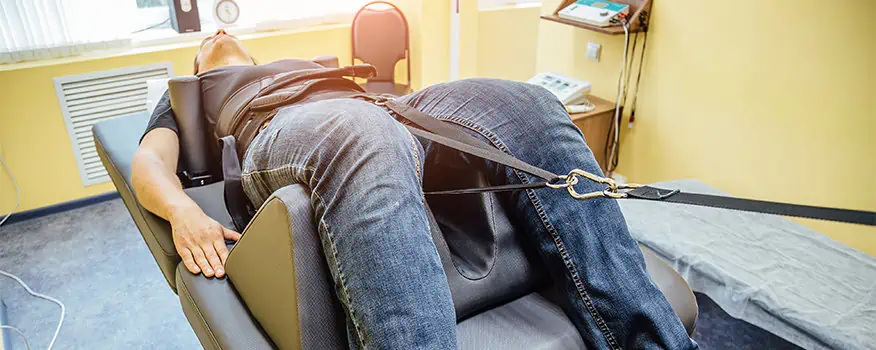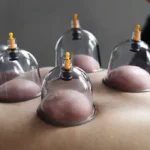When it comes to managing spinal issues and back pain, surgery is not the only solution. There are conservative approaches that can effectively address spinal problems without the need for invasive procedures.
Spinal decompression, a non-surgical treatment, has emerged as a promising option for individuals seeking relief from back pain, herniated discs, and other spinal conditions.
Here is the concept of spinal decompression, its benefits, and how it provides an alternative to surgical interventions.
UNDERSTANDING SPINAL DECOMPRESSION
Spinal decompression is a therapeutic technique designed to alleviate pressure on the spinal discs, nerves, and surrounding structures. The procedure involves gently stretching the spine to create negative pressure within the discs, promoting their retraction and potential healing.
By reducing pressure, spinal decompression aims to relieve pain, improve circulation, and facilitate nutrient exchange within the affected area.
THE MECHANICS OF SPINAL DECOMPRESSION
- Traction-Based Therapy: Spinal decompression is often performed using specialized equipment that employs controlled traction. This traction gradually stretches the spine, creating space between the vertebrae.
- Negative Pressure Effect: As the spine is stretched, negative pressure is generated within the spinal discs. This negative pressure encourages herniated or bulging discs to retract, potentially reducing nerve compression and pain.
- Nutrient Exchange: The negative pressure created during spinal decompression allows fluids and nutrients to flow into the discs, promoting healing and regeneration.
BENEFITS OF SPINAL DECOMPRESSION
- Non-Invasive: One of the most significant advantages of spinal decompression is its non-invasive nature. Unlike surgery, which involves incisions and potential complications, spinal decompression is a less risky procedure.
- Pain Relief: Spinal decompression can provide relief from chronic back pain, sciatica, and other spinal conditions by reducing pressure on nerves and promoting disc retraction.
- No Medication Dependency: Spinal decompression offers a drug-free approach to pain management, reducing the need for long-term medication use.
- Customized Treatment: Spinal decompression treatment plans can be tailored to the individual, taking into account their unique condition, pain level, and specific needs.
- Enhanced Healing: By improving nutrient exchange within the discs, spinal decompression supports the body’s natural healing mechanisms, aiding in tissue repair.
- Non-Disruptive: Unlike surgery, spinal decompression typically requires minimal recovery time, allowing individuals to resume their daily activities sooner.
CONDITIONS TREATED WITH SPINAL DECOMPRESSION
Spinal decompression can be effective for various conditions, including:
- Herniated Discs: Spinal decompression can help alleviate pressure on herniated discs, potentially reducing pain and nerve compression.
- Bulging Discs: Similar to herniated discs, spinal decompression may encourage bulging discs to retract, relieving pressure on nerves.
- Sciatica: Spinal decompression can provide relief from sciatic nerve pain by reducing pressure on the nerve roots.
- Degenerative Disc Disease: The increased nutrient supply facilitated by spinal decompression can aid in managing degenerative disc disease.
- Spinal Stenosis: By creating space within the spinal canal, spinal decompression can alleviate pressure on nerves affected by spinal stenosis.
- Chronic Back Pain: Spinal decompression can address chronic back pain by reducing overall spinal pressure and promoting healing.
Spinal decompression offers a valuable alternative to surgery for individuals seeking relief from back pain and spinal conditions. By gently creating space within the spinal discs and promoting disc retraction, this non-invasive procedure can alleviate pressure on nerves, support natural healing, and improve overall spinal health.
Through spinal decompression, you can embrace a path to pain relief, enhanced function, and a better quality of life without the need for surgical intervention.
To learn more, call Joint & Spine Rehabilitation at (201) 445-1079 to schedule an appointment.





